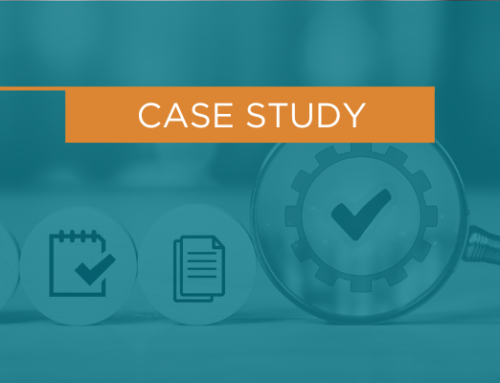Making scheduling smarter, fairer, and easier—so teams spend less time juggling spreadsheets and more time serving clients.
Key points covered in this article:
- Transformed a manual, time-consuming scheduling process into a streamlined, scalable system using UPN maps and RASCI roles, identifying inefficiencies in just 6–9 steps.
- Launched a Gen AI-powered pilot that reduced administrative tasks, improved workload visibility, and created smoother operations, laying the foundation for an AI-Predictive Engine.
- Helped the client shift from reactive scheduling to a proactive, growth-ready approach, reducing burnout and improving client satisfaction.
Our client was growing fast—but scheduling jobs still had manual elements in the process. We stepped in to map it all out—not to criticize, but to understand. Using high-level UPN (Universal Process Notation) maps integrated with RASCI (Responsible, Accountable, Supports, Consulted, Informed) roles, we captured the core workflow in 6–9 essential steps. By focusing on the broad phases rather than granular details, we made it easy to spot where issues and inconsistencies were emerging.
The maps became more than diagrams—they became conversation starters. There was too much time spent managing spreadsheets and coordinating assignments, with limited visibility into fairness, workload balance, or the surge of hours as deadlines approached.
Before the pilot, manual scheduling meant extra administrative time, staff burnout, and the risk of missed deadlines. The cost wasn’t just stress; it was lost billable hours, unhappy clients, and turnover as people burn out. The longer you put off fixing it, the harder it gets to keep up.
Launching a pilot with Gen AI and predefined rules reduced manual coordination and helped staff plan ahead. It wasn’t perfect—there were a few bumps—but they were resolved quickly, and the team came away with clear lessons for next time. The impact was clear, though, distributing assignments ahead of time created greater visibility, smoother operations, and fewer administrative tasks. The pilot has laid the groundwork for something bigger! An AI-Predictive Engine – one that can learn from past assignments, balance workloads, and integrate with calendars. The Team is very excited that IT is now working on developing this proof of concept.
Change takes time, but every month you wait, the scramble gets worse. That’s why our client is focused on a smarter, scalable approach to scheduling—one that supports growth, reduces friction, and gives teams more predictable, manageable workloads so they can do what they do best: serve clients.
How much longer can you afford to patch the process instead of fixing it?
This case study showcases the power of process optimization in turning scheduling challenges into opportunities for growth and efficiency. By leveraging smart tools and a scalable approach, our client is now on the path to smoother operations and a more balanced workload for their team.
Discover how process optimization can transform your business. Visit our Process Optimization page or contact Bronach Branan today to take the first step!




